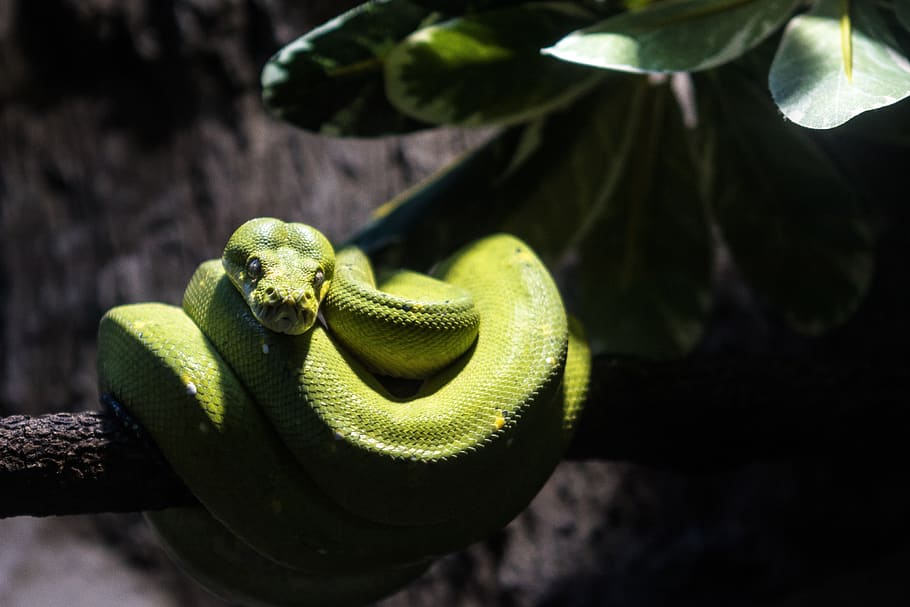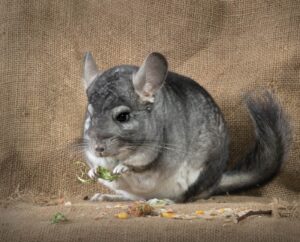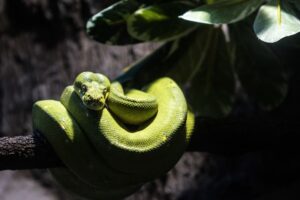Table of Contents
ToggleIntroduction
Snakes, with their mesmerizing slithering movements and enigmatic charm, often capture our curiosity and fascination. Snakes Sleeping? One aspect of their mysterious lives that is not commonly explored is their sleeping habits. Just like any other creature, snakes require periods of rest, but the way they sleep is shrouded in intrigue. From their choice of sleeping locations to the unique adaptations that govern their restful states, delving into the realm of snakes’ slumber unveils a captivating facet of these remarkable reptiles.
The Importance Of Sleep For Snakes
Sleep is a fundamental physiological need across the animal kingdom. Playing a crucial role in various biological functions essential for survival and well-being. For snakes, a group of reptiles that have evolved unique features and behaviors. The importance of sleep takes on distinctive characteristics shaped by their specific physiology.
Explanation of the general importance of sleep in animals
Restoration of Energy: Sleep serves as a period of replenishment for animals. Allowing them to restore energy levels expended during waking hours. This renewal is vital for maintaining overall health and sustaining life-sustaining activities.
Memory Consolidation: Many animals, including mammals and birds, use sleep as a time to consolidate memories and reinforce learning. This cognitive function aids in adapting to the environment and optimizing survival strategies.
Immune System Support: Sleep contributes to the proper functioning of the immune system. During rest, the body can allocate resources to bolster immune responses. Enhancing an organism’s ability to fend off infections and diseases.
Hormonal Regulation: Sleep plays a role in regulating hormones crucial for growth, development, and overall metabolic balance. Disruptions in sleep patterns can lead to hormonal imbalances with cascading effects on various physiological processes.
Specific considerations for snakes and their unique physiology
Snakes are cold-blooded, unlike mammals. This means they need external heat to regulate their body temperature. Temperature changes affect the sleep patterns of snakes. When it’s cold, snakes become less active.
Metabolic Efficiency: Snakes exhibit a remarkable ability to slow down their metabolic rate during periods of rest, allowing them to conserve energy. This metabolic efficiency is particularly crucial for snakes, as it enables them to endure periods of fasting between meals.
Prey-Predator Dynamics: Sleep in snakes is intricately tied to their role as both predators and prey. Nocturnal species may exhibit more active behavior during the night, while diurnal snakes might adjust their sleep patterns to coincide with periods of increased prey availability.
Safety and Camouflage: Snakes often choose concealed and secure locations for sleep to avoid predators and potential threats. This behavior underscores the importance of sleep not just for physiological well-being but also for minimizing exposure to risks in their habitats.
Types Of Sleeping Spots
Snakes, with their diverse habitats and adaptive behaviors, display a wide array of sleeping spots that align with their distinct ecological niches. Animals choose where to sleep based on their traits and the environment. They can sleep in burrows or on tree branches.
Ground burrows and hiding places
Snakes, especially those dwelling in terrestrial environments, often seek refuge in ground burrows and hiding places. These subterranean spots provide essential shelter, protection from predators, and a stable microenvironment. Burrowing species, like sand boas and burrowing pythons, utilize their strong bodies to create or occupy pre-existing burrows. The insulating properties of the ground also assist in temperature regulation, allowing snakes to escape extreme weather conditions.
Elevated locations, such as trees or shrubs
Arboreal species, adapted to life in trees or shrubs, exhibit a preference for elevated sleeping spots. Tree-dwelling snakes, including various species of pythons and colubrids, often coil around branches or find shelter in tree cavities. The advantages of elevated sleeping locations include increased safety from ground-based predators, enhanced access to potential prey, and an elevated vantage point for monitoring the surroundings.
Selection of sleeping spots based on species and environmental factors
Species-specific adaptations: Different snake species exhibit specialized behaviors when it comes to selecting sleeping spots. For example, nocturnal species may favor concealed locations during the day, while diurnal snakes might seek out sunny basking spots. The size, shape, and behavior of each species contribute to their unique sleeping preferences.
Environmental considerations: Snakes are highly attuned to their surroundings, and the availability of suitable sleeping spots is influenced by environmental factors. Factors such as temperature, humidity, and the presence of predators or competitors play a significant role in determining where a snake chooses to rest.
Sleep Patterns And Duration
Sleep patterns and duration in snakes are intricately linked to their ecological roles, behavioral adaptations, and environmental factors. From the distinction between nocturnal and diurnal sleep patterns to the factors influencing the duration of their rest, and the adaptations allowing quick awakening in response to potential threats, snake sleep unveils a fascinating tapestry of survival strategies.
Nocturnal vs. diurnal sleep patterns
Nocturnal species: Many snake species are nocturnal, meaning they are primarily active during the night and rest during the day. This behavior is often associated with hunting habits, as darkness provides better cover for stalking prey. Nocturnal snakes may seek out sheltered spots during daylight hours, utilizing their keen senses to navigate and detect potential threats in low-light conditions.
Diurnal species: Conversely, diurnal snakes are active during the day and may retreat to hidden locations at night. Diurnality means being active during the day. It’s often connected to having better chances of seeing prey and avoiding danger. Daytime basking may also be essential for regulating body temperature.
Factors influencing the duration of snake sleep
Metabolic rate: Snakes, being ectothermic, exhibit a variable metabolic rate influenced by environmental temperatures. During periods of lower ambient temperatures, snakes may enter a state of reduced activity or torpor, extending the duration of their sleep.
Feeding frequency: The digestive process in snakes is energy-intensive. After consuming a substantial meal, snakes may engage in extended periods of rest to facilitate digestion. The frequency and size of meals can influence the duration of sleep cycles.
Adaptations for quick awakening in response to potential threats
Sensory acuity: Snakes possess highly sensitive senses, particularly their ability to detect vibrations and changes in the environment. Even during sleep, snakes remain alert to potential threats through vibrations sensed by their specialized scales or by utilizing other senses like smell and vision.
Rapid muscle response: Snakes exhibit rapid muscle response, enabling them to awaken swiftly and assume a defensive or evasive posture when threatened. This adaptation is critical for survival, allowing them to react promptly to predators or other dangers.
Conclusion
In unraveling the secrets of snakes’ sleep, we uncover a world where the serpentine creatures seamlessly blend the requirements of rest with the demands of survival. The diverse strategies employed by different snake species for sleeping, whether nestled within the safety of burrows or draped across tree branches, showcase the adaptability of these ancient reptiles. As we conclude our exploration into the enigmatic realm of snakes at rest, it becomes evident that even in the seemingly tranquil moments of slumber, these creatures retain their mystique and continue to be the subjects of awe and wonder in the intricate tapestry of the natural world.







